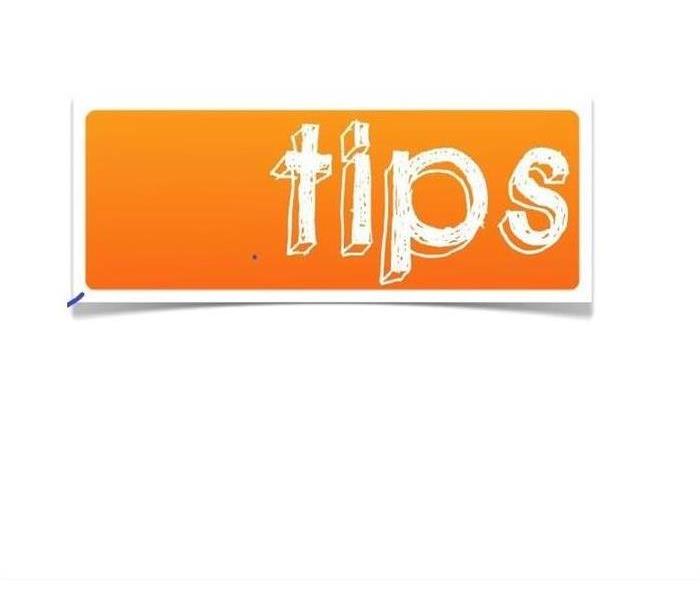SERVPRO Tips
8/3/2021 (Permalink)
If you’ve never dealt with a flooded home before, the cleanup process can be a scary prospect. However, before even thinking about restoring your flooded home, it’s vital that you take the following safety precautions
- Don’t go back until it is safe. Wait for a broadcast saying it is safe to return to your area. When returning home, make sure to pay close attention to all caution and do not enter signs – they mean what they say. Entering a flooded area is dangerous even after the flood has passed.
- Notify your emergency contact. Make sure to contact a close friend or family member and let him or her know you are okay. It doesn’t hurt to let them know that you are returning to your home to assess damages, too. This should be a top priority on your flood safety checklist.
- Watch for wildlife. After a flood, wild animals will likely be dislocated – some may even enter your home. Make sure to check your surroundings, and beware of poisonous snakes or other critters in your area.
- Prepare for a collapsed floor or roof. When entering your home for the first time after a flood, be sure to use caution. A section of the roof might have collapsed, or could be close to collapsing. Similarly, the floor will be wet and weak, putting it at a high risk for giving out beneath you. Don’t let young children venture into your home before you have thoroughly checked all rooms.
- Be aware of gas leaks or electrical damage. Leaking gas can lead to explosions, and exposed electrical can mean shock if you touch standing water. Flood safety means staying clear of your home if you smell gas or see damaged electrical wires.
- Dispose of chemicals properly. Once inside your home, make sure to dispose of household chemicals and cleaners properly. Don’t dump them into the street, since this will contaminate the water and prove dangerous for your home and those of your neighbors.
- Protect your body. According to the Red Cross, proper flood safety measures involve wearing protective gear during cleanup. You should wear gloves, a face mask, long sleeves, and heavy footwear when handling objects that have seen flood damage.
- Throw out contaminated foods. Even canned goods that have been immersed in water are no longer safe for consumption. You must throw out all water damaged food items in order to protect your family from food poisoning or exposure to toxic chemicals that were transferred by the flood water.
- Check your water supply. Your water supply could be contaminated as a result of a flood. In order to adhere to flood safety measures, call your local health department for more information.
- Take pictures. Document all damages you come across in your home so you have an accurate estimate of your losses.
- Call your insurance company. Share with your flood insurance company all photos and documentation related to your flood damages.
- Find out if you can get financial assistance. If your location has been declared a disaster area by the government, you will likely have access to public aid and financial assistance when it comes to repairing your home.
- Get the water out. If your home saw flood damage to only a small portion of a room, you can likely remove the water yourself with a wet vac. More serious amounts of water require a sump pump, and you should leave the job of removing large quantities of water up to a professional. Just be sure to remove all standing water, or to call a company that can do it for you. Standing water can quickly become a breeding ground for mosquitoes and other dangerous pests.
- Prevent or remove mold. Mold happens fast, within the first 24 to 48 hours. If an item has been wet for less than this time frame, it can be salvaged. However, it’s hard to dry out larger items like couches and mattresses. It is likely that these will need to be gotten rid of. Take pictures of all water damaged items before discarding so you have a record for insurance purposes.
- Seal off the damage. If you have broken windows or collapsed sections of roof, it’s your job to seal off those areas of your home to prevent further damage. Plywood and tarps are good temporary solutions in times of crisis.

 24/7 Emergency Service
24/7 Emergency Service
